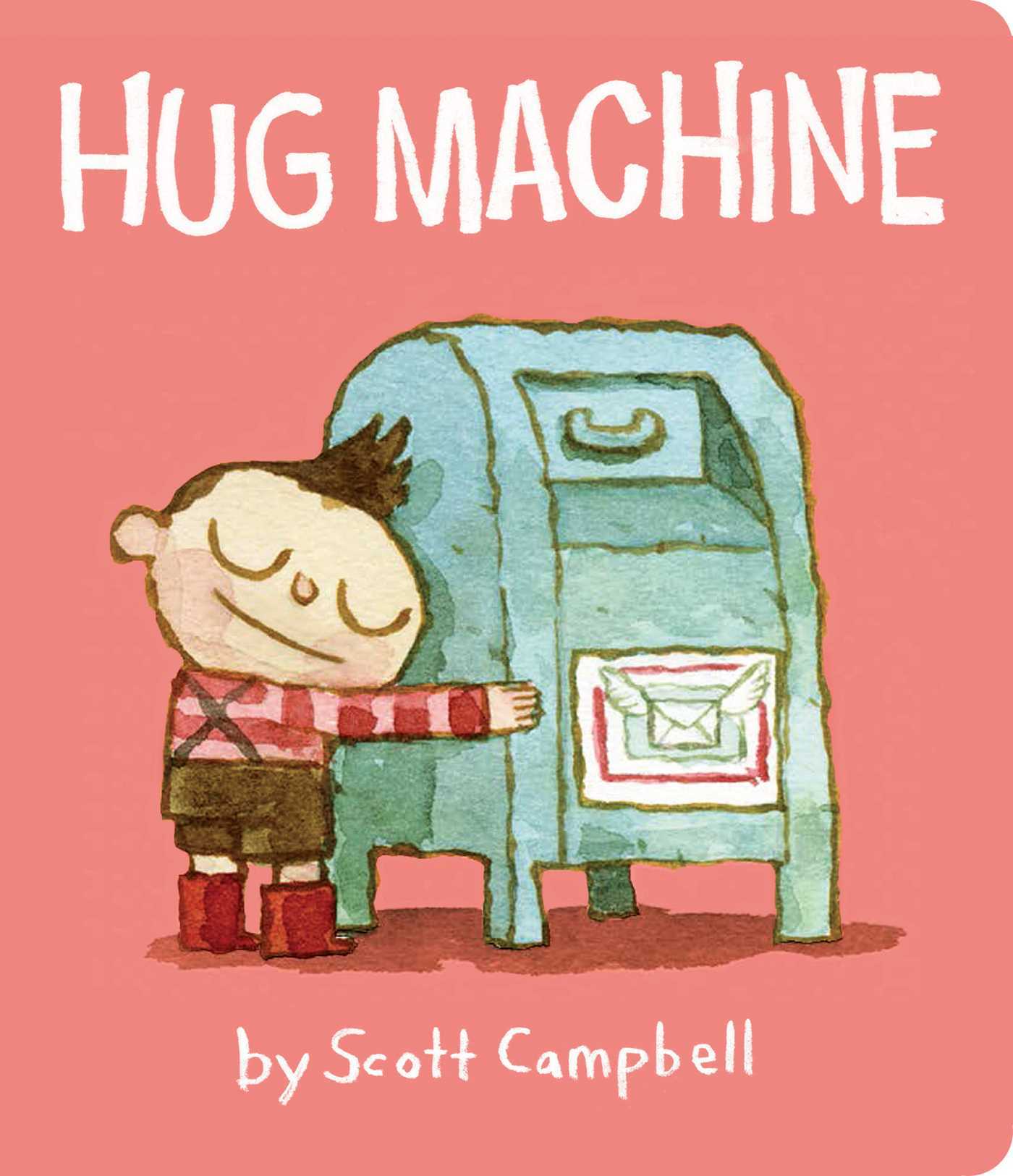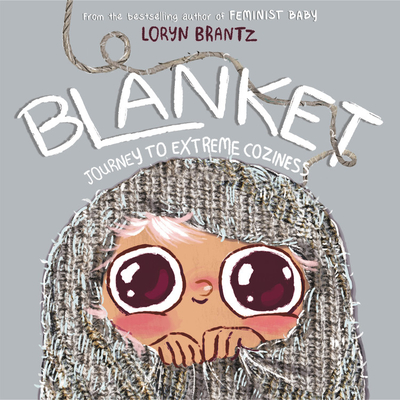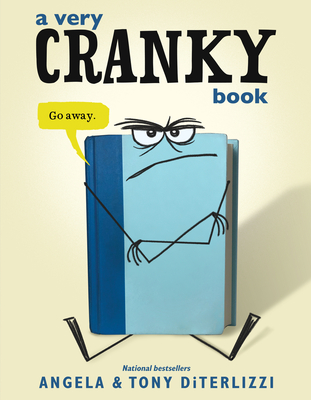February is the month of love! Below is a curated list of titles that are not specifically Valentine’s Day but more focused on the most popular ways to show affection – hugs and kisses! If you have read any of the titles below, I would love to hear what you thought of them!
 I Need a Hug by Aaron Blabey
I Need a Hug by Aaron Blabey
Porcupine wants something simple, a hug. After asking many other animals for a hug, Porcupine is told time after time no. Downtrodden and about to give up, Porcupine finds an unlikely friend.
This story is sweet and written in rhyme! You can share this title to teach empathy and inspire your young poets.
 The Hug Machine by Scott Campbell
The Hug Machine by Scott Campbell
The Hug Machine loves to give hugs, there is nothing that the Hug Machine will not hug. Yes, you can hug the Hug Machine, the Hug Machine is always open for business.
I enjoy sharing this title each year with young people. It is fun to spot the unlikely animals and objects that the Hug Machine hugs.
 Sealed with a Kiss by Beth Ferry
Sealed with a Kiss by Beth Ferry
Seal is new to the zoo after arriving from a zoo in France. While sitting in her enclosure, Seal is greeted by a little bird who plants a sweet peck on her cheek. After her snack of sardines, Seal sets out to greet the other zoo animals and give them each a smackeroo. Little does she realize, the sardines that she had for snack gave Seal terrible breath.
This story teaches compassion with a side of silly!
 Nobody Hugs a Cactus by Carter Goodrich
Nobody Hugs a Cactus by Carter Goodrich
Hank is a cactus who lives in a pot in the windowsill who enjoys his quiet life. Hank’s quiet life is interrupted by a coyote, a tumbleweed named Rosie, a tortoise, and more who cause Hank to get crankier and crankier. Finally, after being chastised for stepping on his lawn, a man tells Hank that he needs a hug. Hank scoffs at first but later decides that maybe a hug is just what he needs. Now who will hugs a cactus?
This is such a sweet book and I hope that you enjoy it as well!
 Duck & Goose: Goose Needs a Hug by Tad Hills
Duck & Goose: Goose Needs a Hug by Tad Hills
Goose is feeling sad. Hoping to cheer up their friend, Goose’s friends perform a series of acts hoping to garner a smile.
Sometimes, all we need to do with our loved ones is to ask them what they need instead of assuming. What they say might surprise you!
 Hug Time by Patrick McDonnell
Hug Time by Patrick McDonnell
There once was a kitten who was so full of love who wanted nothing more than to hug the entire world. The dreamer makes a list and embarks on a quest that takes him to Africa to hug the unhuggable.
This book is perfect for the little lovebug in your house!
 Group Hug by Jean Reidy
Group Hug by Jean Reidy
One little slug causes a series of adorable animal hugs.
Full of gorgeous artwork and adorable characters, this story is a treat!
 Dinosaur Kisses by David Ezra Stein
Dinosaur Kisses by David Ezra Stein
Little Dina hatches from her egg and discovers the magic of the kiss. Trying desperately to kiss everything in sight, Dina struggles because it isn’t easy for a t-rex to give a kiss!
This silly book is sure to delight young readers.









































